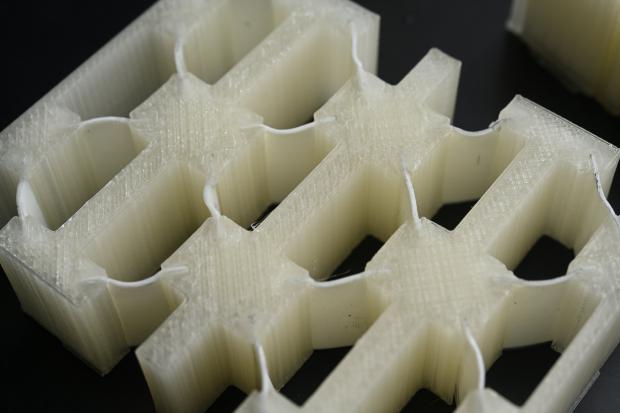
Breaking News
 Nancy Pelosi has officially announced her RETIREMENT at the end of her term, January 3, 2027.
Nancy Pelosi has officially announced her RETIREMENT at the end of her term, January 3, 2027.
 Omeed Malik: The Technocrat Muslim Billionaire Inside MAGA
Omeed Malik: The Technocrat Muslim Billionaire Inside MAGA
 Democrat-led government shutdown is now causing flight delays, threatening air traffic control,...
Democrat-led government shutdown is now causing flight delays, threatening air traffic control,...
Top Tech News
 HUGE 32kWh LiFePO4 DIY Battery w/ 628Ah Cells! 90 Minute Build
HUGE 32kWh LiFePO4 DIY Battery w/ 628Ah Cells! 90 Minute Build
 What Has Bitcoin Become 17 Years After Satoshi Nakamoto Published The Whitepaper?
What Has Bitcoin Become 17 Years After Satoshi Nakamoto Published The Whitepaper?
 Japan just injected artificial blood into a human. No blood type needed. No refrigeration.
Japan just injected artificial blood into a human. No blood type needed. No refrigeration.
 The 6 Best LLM Tools To Run Models Locally
The 6 Best LLM Tools To Run Models Locally
 Testing My First Sodium-Ion Solar Battery
Testing My First Sodium-Ion Solar Battery
 A man once paralyzed from the waist down now stands on his own, not with machines or wires,...
A man once paralyzed from the waist down now stands on his own, not with machines or wires,...
 Review: Thumb-sized thermal camera turns your phone into a smart tool
Review: Thumb-sized thermal camera turns your phone into a smart tool
 Army To Bring Nuclear Microreactors To Its Bases By 2028
Army To Bring Nuclear Microreactors To Its Bases By 2028
 Nissan Says It's On Track For Solid-State Batteries That Double EV Range By 2028
Nissan Says It's On Track For Solid-State Batteries That Double EV Range By 2028
New shock-absorbing material as strong as metal but light as foam

The stuff could make for helmets, armor and vehicle parts that are lighter, stronger and, importantly, reusable.
The key to the new material is what are known as liquid crystal elastomers (LCEs). These are networks of elastic polymers in a liquid crystalline phase that give them a useful combination of elasticity and stability. LCEs are normally used to make actuators and artificial muscles for robotics, but for the new study the researchers investigated the material's ability to absorb energy.
The team created materials that consisted of tilted beams of LCE, sandwiched between stiff supporting structures. This basic unit was repeated over the material in multiple layers, so that they would buckle at different rates on impact, dissipating the energy effectively.
In a series of experiments, the team tested how well the material could withstand impacts of different masses at different speeds. The materials were struck by objects weighing between 4 and 15 lb (1.8 and 6.8 kg) at speeds of up to 22 mph (35.4 km/h) and, sure enough, they held up.
Perhaps unsurprisingly, the material performed better with more layers of the cells. A structure with four layers, for example, had almost double the energy absorption density of a single-layer structure.
While the materials were so far only tested with impacts up to 22 mph, the team says that they should be able to absorb impacts at higher speeds as well.
The researchers say that the material could be used to improve the safety of helmets, body armor, car bumpers and other parts of vehicles and aircraft, effectively dissipating energy from impacts while remaining lightweight.

 The Technocratic Dark State
The Technocratic Dark State Carbon based computers that run on iron
Carbon based computers that run on iron

